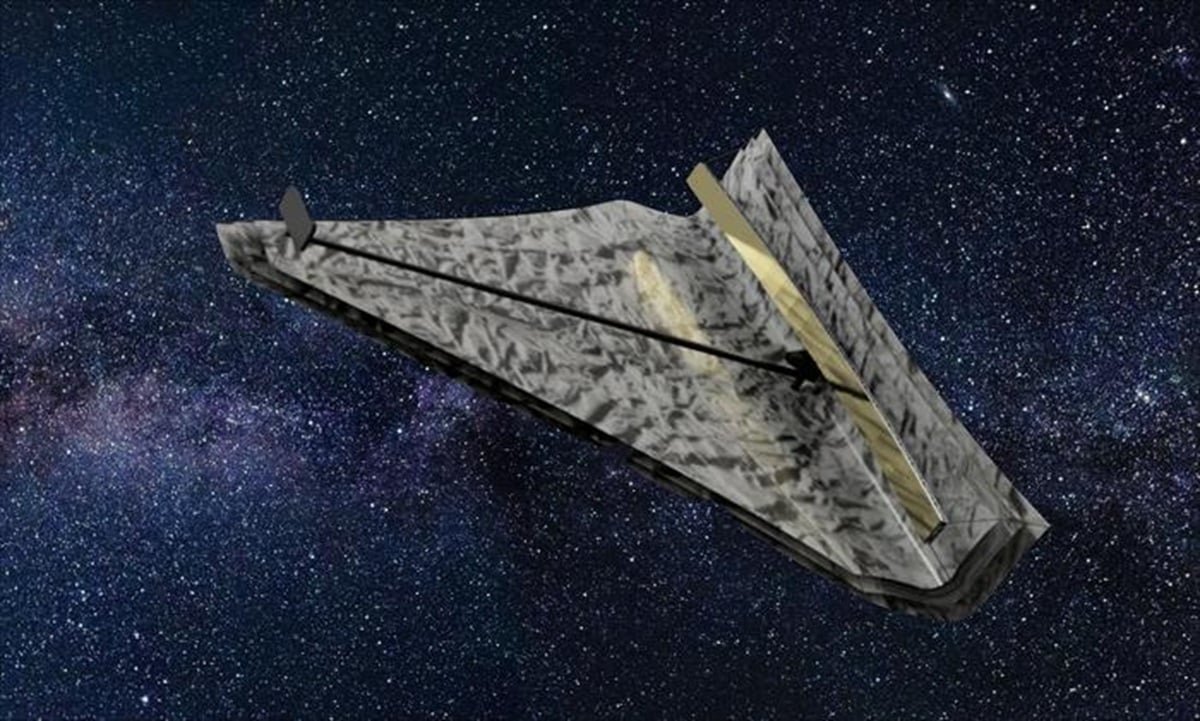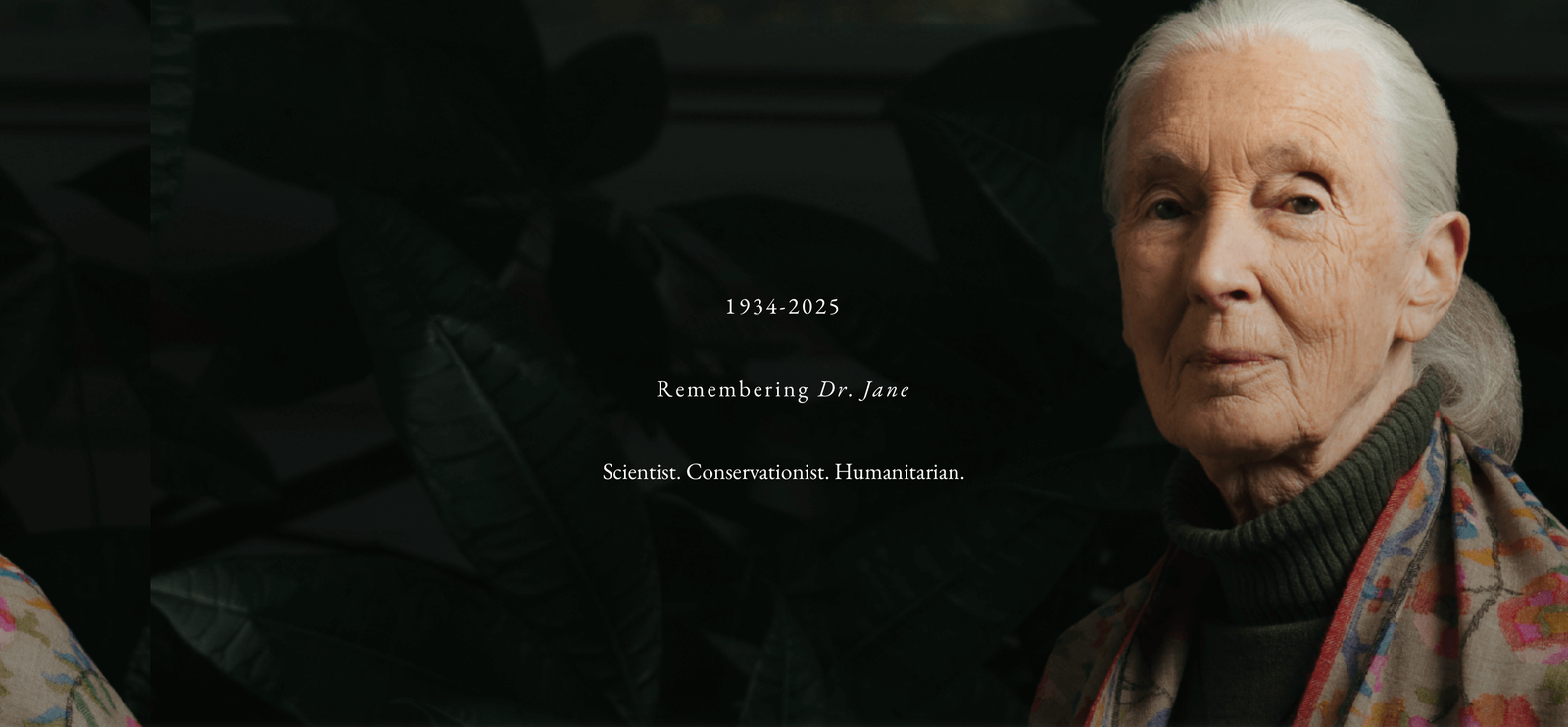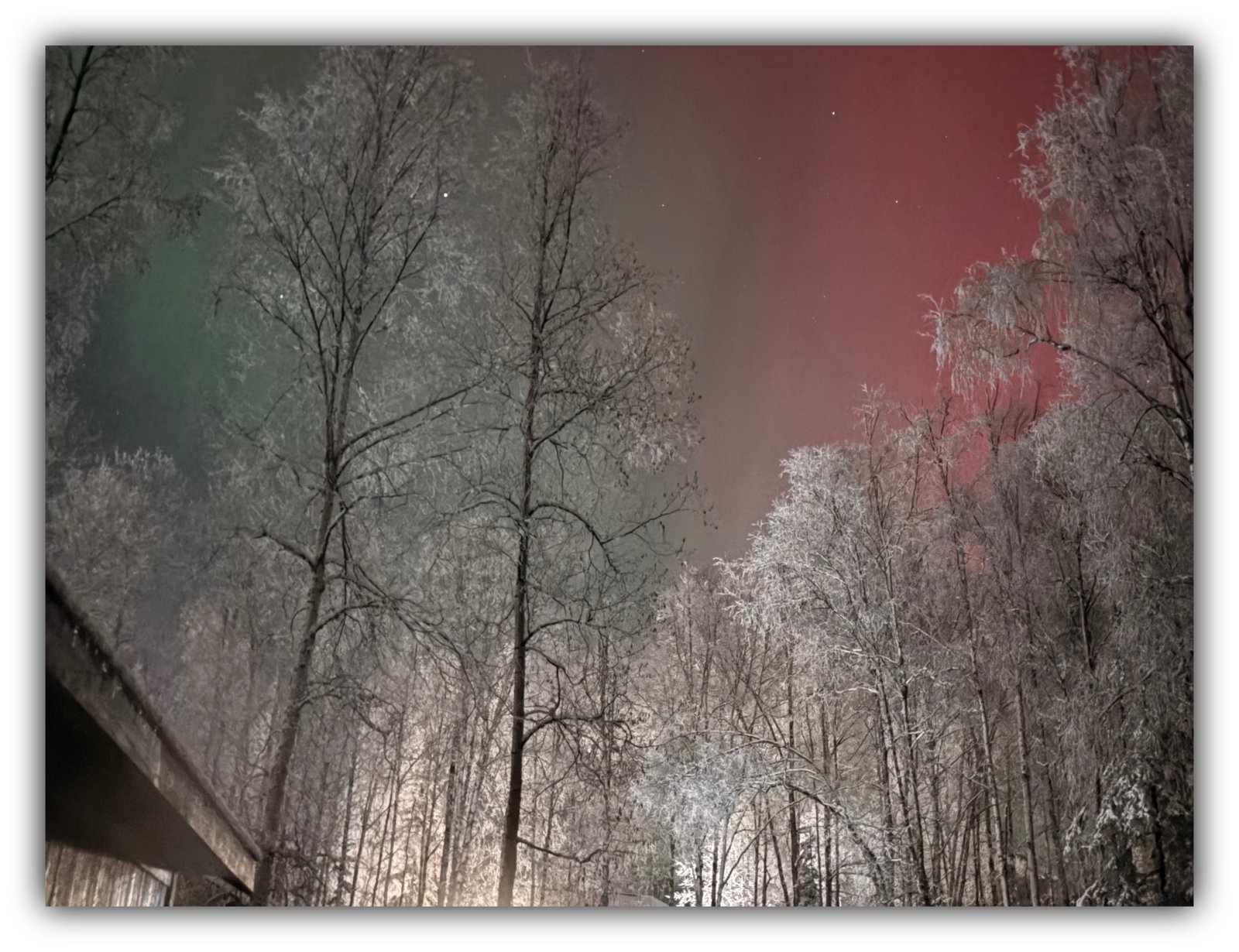Space Discoveries Sep2025
September 2025 has been a blockbuster month for space science, delivering discoveries that read more like science fiction than research abstracts. From catching a planet in the act of being born to hints of possible ancient life on Mars, peer-reviewed journals have been lighting up with headlines that reshape how we see the cosmos.
1. A Baby Planet Photographed: WISPIT 2b
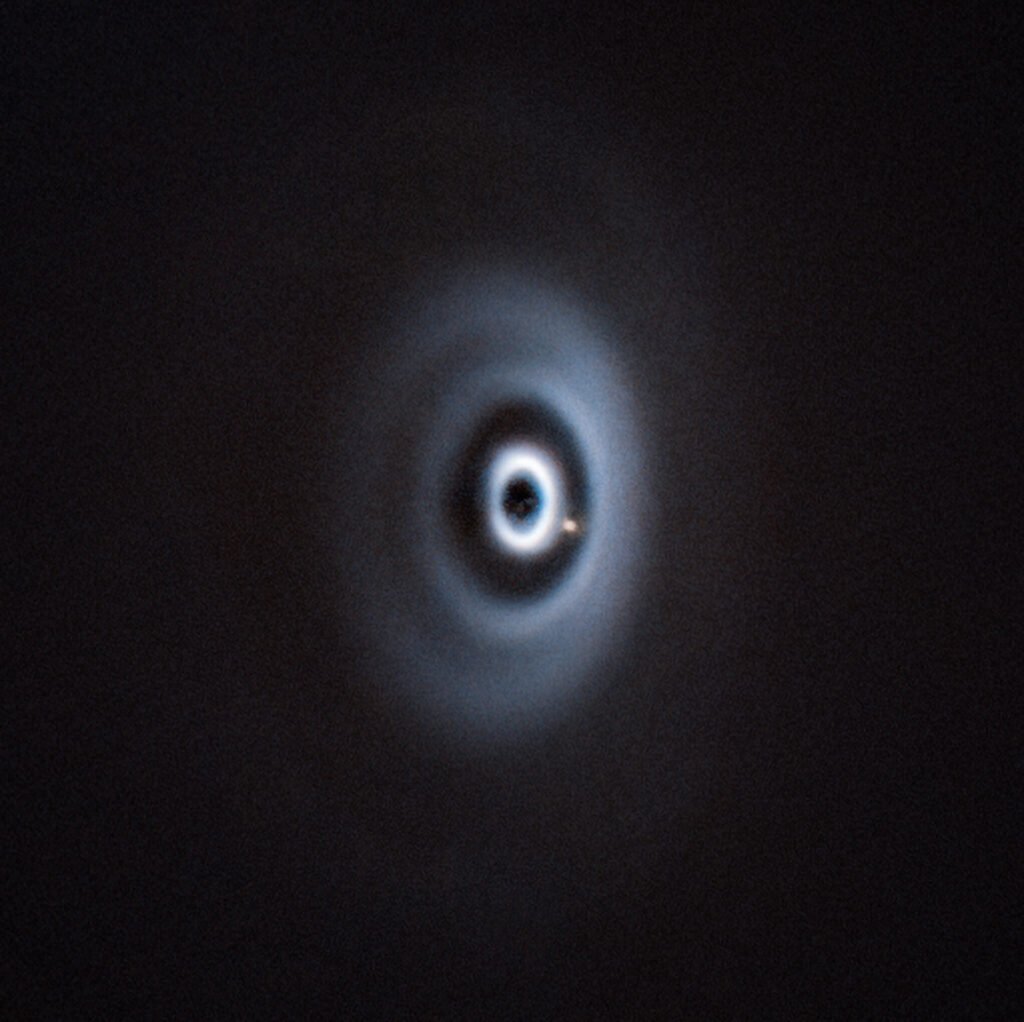
For decades, astronomers have theorized how young planets carve gaps into the dusty disks surrounding newborn stars. Now, for the first time, we have the photographic evidence. Using a suite of powerful instruments—including MagAO-X in Chile, the Large Binocular Telescope in Arizona, and the Very Large Telescope at the European Southern Observatory, scientists directly imaged a still-forming world: WISPIT 2b.
This planet was caught inside the dusty cradle of its parent star, visibly shaping the gap that theorists had long predicted. Published in The Astrophysical Journal Letters, the discovery is being hailed as a milestone in confirming the mechanics of planet formation.
2. Martian Rock Holds Possible Biosignature
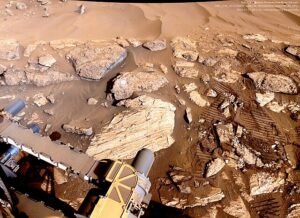
NASA’s Perseverance rover has once again delivered big science from the Red Planet. In a sample nicknamed Sapphire Canyon, the rover identified patterns that researchers say may be a biosignature—a chemical or structural clue suggesting the presence of ancient microbial life.
The study, published in Nature this September, stresses that while this is not definitive proof of life, the evidence is tantalizing. If confirmed, the rock could represent the first hard sign that Mars once hosted living organisms, placing it among the most significant discoveries in planetary science.
3. Rethinking the Shape of Telescopes
Not all discoveries involve new worlds. Some are about how we look for them. A paper in Frontiers in Astronomy and Space Sciences makes the case for rectangular-format space telescopes. While nearly every major telescope we’ve built has been circular, researchers argue that rectangular apertures could offer superior imaging for faint exoplanets lurking near bright stars.
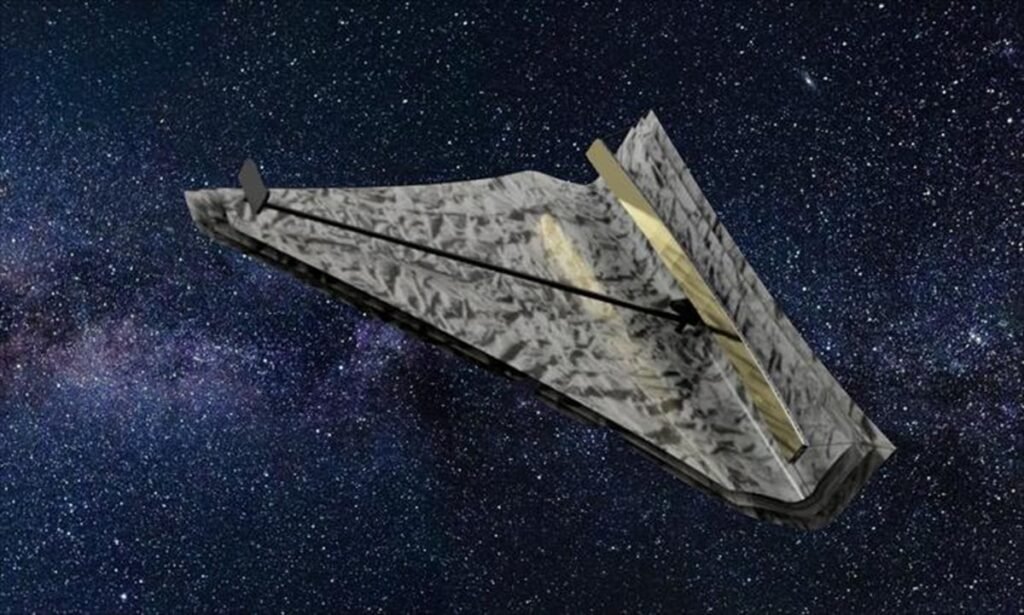
This isn’t a discovery of a celestial body, but it could revolutionize the tools we use to find them, opening doors to clearer, sharper images of faraway planets and possibly life-bearing systems.
The Bottom Line
This month’s peer-reviewed findings show the extraordinary range of modern astronomy … from seeing a planet literally being born, to sniffing out possible traces of Martian life, to redesigning our cosmic eyes. It’s a reminder that the next great leap in space discovery may come not only from where we point our telescopes, but from how we build them.
Sources:
“Baby Planet Caught in the Act of Formation.” ScienceDaily, 8 Sept. 2025, www.sciencedaily.com/releases/2025/09/250908175506.htm.
“Perseverance Rover Discovers Potential Biosignature in ‘Sapphire Canyon.’” Nature, 10 Sept. 2025, www.science.nasa.gov/mars/the-mars-report/2025-september-special-edition/.
Traub, Wesley A., et al. “The Case for a Rectangular Format Space Telescope for Finding Exoplanets.” Frontiers in Astronomy and Space Sciences, vol. 12, 1 Sept. 2025, doi:10.3389/fspas.2025.1441984.

